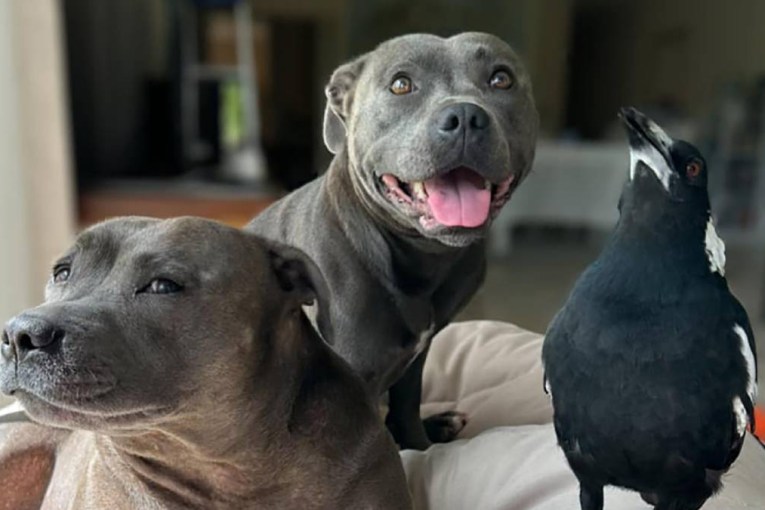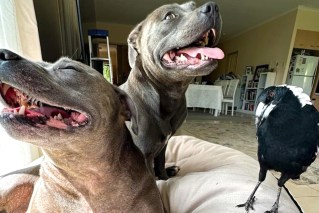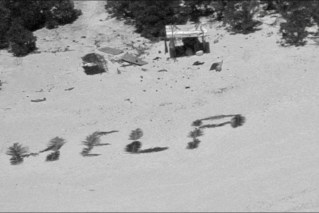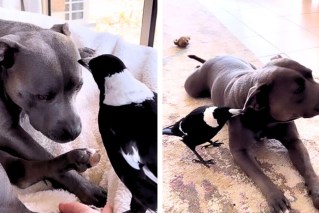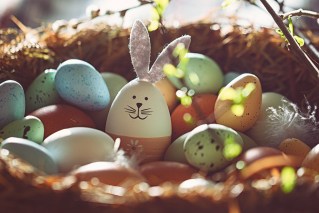Rare find in Sydney sea slug census excites scientists
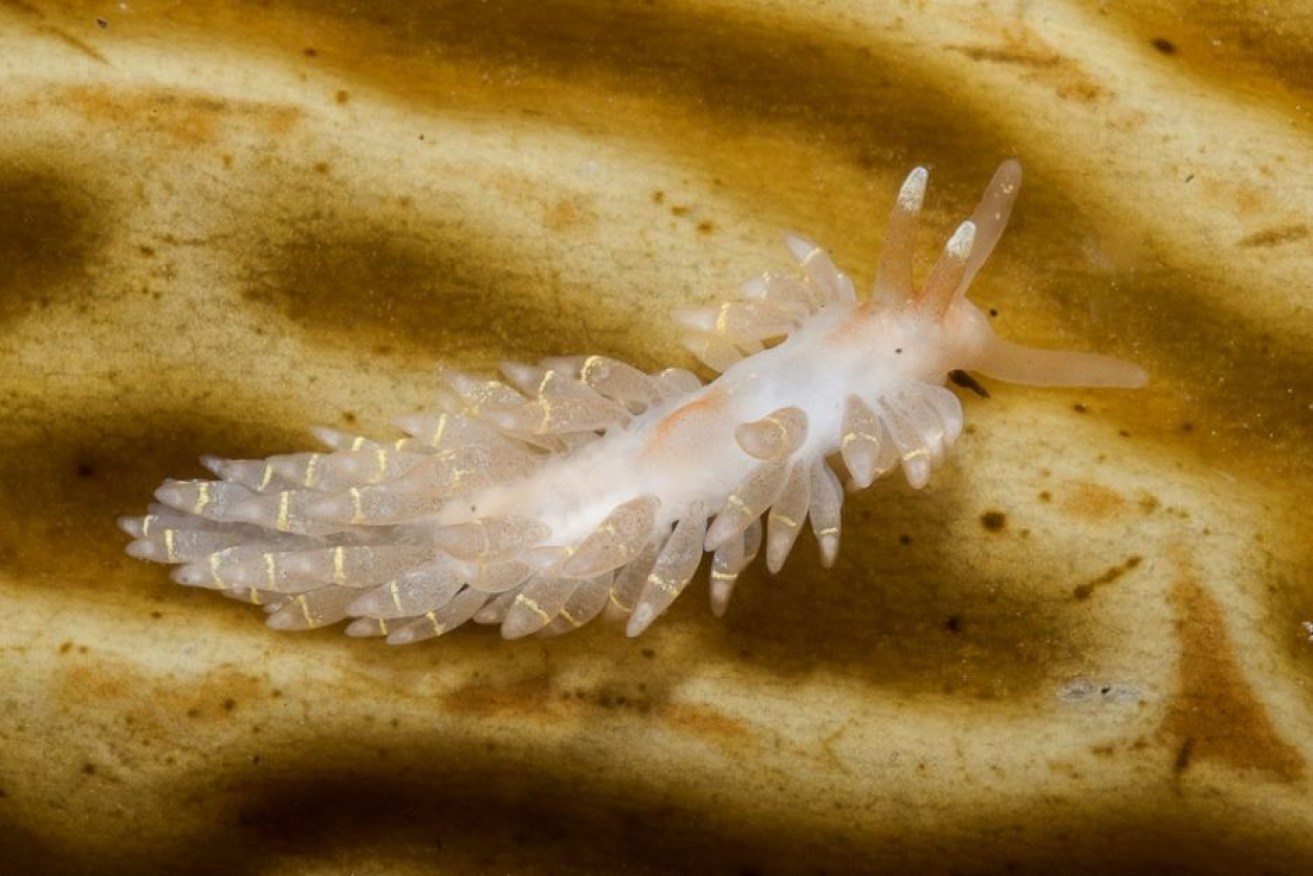
Macleay's spurilla has been seen in "decreasing frequency" in Sydney Harbour since 1860. Photo: Stephen Smith/ABC
The highly elusive Macleay’s spurilla, which has not been seen around Sydney Harbour for years, has been found during the city’s second annual sea slug census.
About 24 divers took part in the census dive at Bare Island, Clifton Gardens and Kurnell Shark Point at the weekend.
At least 52 nudibranchs and other sea slugs were identified, an increase from 43 species last year.
But the Macleay’s spurilla found by Professor Steve Smith, director of Southern Cross University’s National Marine Science Centre, was the slug he was most excited about.
“I’m over the moon,” he said.
“I’ve only ever seen one specimen in the last five years and that was in Port Stephens and I didn’t realise the significance of it to be honest.
“This is the first pair since then.”
The Macleay’s spurilla discovered was 15 millimetres long, white with a vivid orange patch over its heart and tiny finger-like branches, each with a yellow ring near the tips.
The sea slug ‘cold case’
Northern Territory molluscs expert Richard Willan described the search for Macleay’s spurilla as a “152-year-old cold case”.
It was first seen in Sydney Harbour in 1864, but sketches of it were “insufficient to recognise them again”, Mr Willan wrote in a scientific article.

Oxynoe viridis, measuring 25mm, in Sydney Harbour. Photo: Stephen Smith/ABC
Professor Smith said Macleay’s spurilla had been seen in “decreasing frequency” since then.
He would not disclose the location of the latest find until further testing was conducted, but said specimens were collected “outside of Sydney Harbour” during the dive.
The environment there was still “pristine”, Professor Smith said, and he indicated that conditions in the Harbour “had changed”.
Scientists believe the type of Macleay’s spurilla found is exclusive to the waters off Sydney.
A whole new world under the sea
Volunteer divers from the Underwater Research Group in Sydney, Combined Hunter Underwater Group in Newcastle and other Sydney hobby divers took part in the 24-hour-long census from midnight on Saturday.

Hydatina physis (rose-petal bubble shell) photographed in Sydney Harbour. Photo: Stephen Smith/ABC
Using microscope cameras, the divers went as deep as 18 metres to take photos of the slugs, many of which measure no bigger than four centimetres.
“The first thing that strikes you is the peace and quiet down there,” John Turnbull, president of the Underwater Research Group, said.
“The light levels are less, so it’s a bit dark, but as you shine your torch around you see the little critters.
“The bright lights of the camera reveal a whole new world.”
Sea slugs ‘canaries of the ocean’
Sea slugs are good indicators of marine health and scientists will use the census data to measure the quality of habitat and analyse changing sea conditions.

Nudibranchs like the splendid chromodoris are brightly coloured and can be seen metres away. Photo: John Turnbull/ABC
Sea slugs are tropical species but the increase in diversity in southern Australian waters indicated that water temperatures were increasing, Professor Smith said.
In October, more than 100 species were identified in the first census conducted on the Gold Coast with more than 50 diving participants.
Meanwhile in the 12 surveys conducted at Port Stephens, Professor Smith said new species had been identified each time.
“Some of them are incredibly rare, but others have been transported by the East Australian Current and found a suitable habitat and settled there,” he said.
“What we anticipate is that will increase and we’ll see more tropical species.
“Other species are dependent on slightly cooler conditions, like these south-east Australian species that are more temperate might start to disappear.”

Dendrodoris gunnamatta, a new nudibranch species recorded in the 2016 census. Photo: Stephen Smith/ABC
While the diving conditions were “fairly similar” to the first Sydney census last year, Professor Smith said the team did notice garbage in the Harbour which threatened marine life.
“We know plastic sheeting, for example, can smother organisms down the bottom,” he said.
“Fishing lines can entangle around different habitats, and this sort of destruction will affect not only nudibranchs but the entire marine ecosystem.
“There is growing awareness about this but we still need to do a lot more to improve our underwater conditions.”
-ABC
